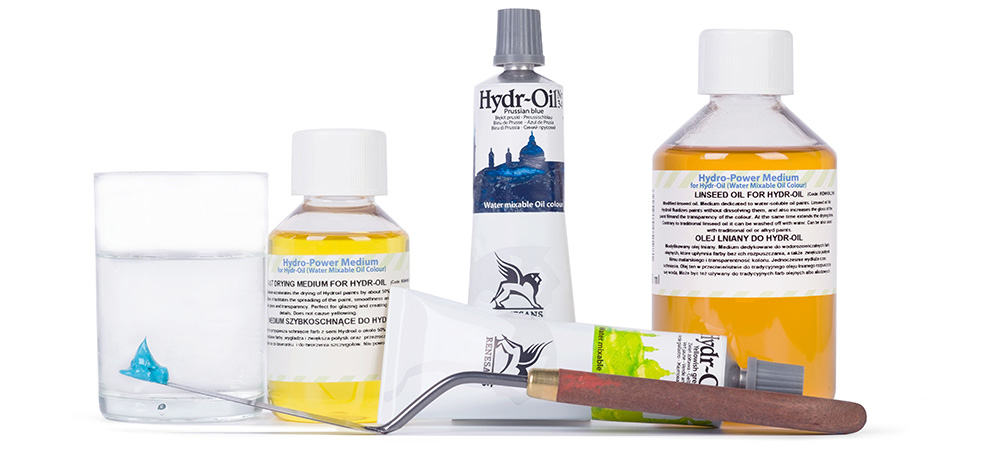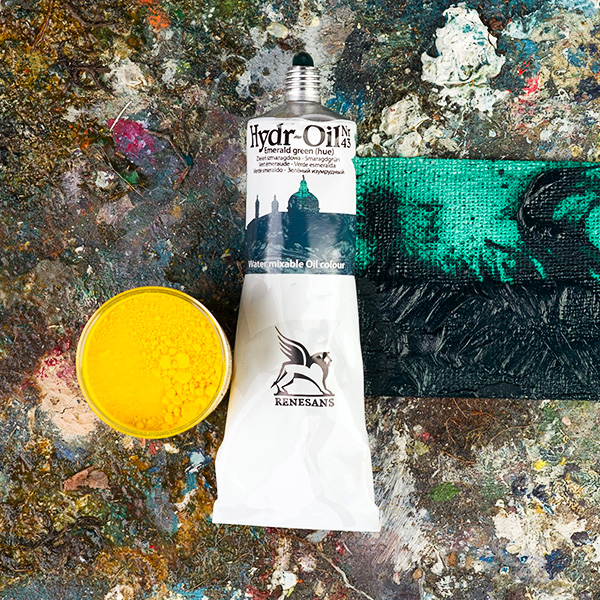
 01. Zinc white |
 02. Titanium white |
 03. Buff titanium |
 04. Naples yellow pale |
 05. Naples yellow deep |
 06. Naples yellow rose |
 07. Cadmium yellow lemon (hue) |
 08. Cadmium yellow pale (hue) |
 09. Primary yellow |
 10. Cadmium yellow medium (hue) |
 11. Cadmium yellow deep (hue) |
 12. Indian yellow |
 13. Cadmium orange (hue) pomarańczowy |
 14. Vermilion (hue) |
 15. Cadmium red pale (hue) |
 16. Cadmium red medium (hue) |
 17. Cadmium red deep |
 18. Magenta |
 19. Carmine |
 20. Alizarin madder lake |
 21. Persian rose |
 22. Rose quinacridone pale |
 23. Rose quinacridone deep |
 24. Brilliant violet |
 25. Cobalt violet (hue) |
 26. Royal blue pale |
 27. Royal blue deep |
 28. Cobalt turquoise (hue) |
 29. Coeruleum |
 30. Cyan blue (Primary blue) |
 31. Phthalo blue (Primary blue) |
 32. Ultramarine blue |
 33. Cobalt blue (hue) |
 34. Prussian blue |
 35. Ultramarine green |
 36. Sap green |
 37. Olive green |
 38. Yellowish green |
 39. Permanent green pale |
 40. Permanent green deep |
 41. Chromium oxide green |
 42. Paolo Veronese green |
 43. Emerald green |
 44. Yellow ochre |
 45. Raw Sienna |
 46. Mars orange |
 47. Red ochre |
 48. Brown ochre |
 49. Burnt Sienna |
 50. Raw umber |
 51. Burnt umber |
 52. Van Dycke brown |
 53. Payne's grey (medium) |
 54. Vine black |
 55. Lamp black |
egend:
Opacity and glazing properties
The opacity of a pigmented colour is not only depending on the thickness of the colour application but also on the kind and concentration of the pigment as well as on the kind binder in the colour. all colours have been submitted to the same testing method: satndardized application on black and white striped saturated base. this allows a classification with the following 4 symbols:
![]() opaque
opaque ![]() Semi-opaque
Semi-opaque ![]() Semi-transparent
Semi-transparent ![]() transparent
transparent
Lightfastness
This describes the durability of a colour in daylight. A number of influencing factors play a role too, like intensity of sunlight, temperature, moisture, oxygen or gas content of the air.
8 – Excellent 7 – Very good 6 – Good
Color Index and Pigments names
The Color Index system is an international standard to denominate dyes and pigments. A combination of letters and numbers indicate the colour category. For example: PO 20, means Pigment Orange 20. Color Index names are: PW (Pigment White) / PY (Pigment Yellow) / PO (Pigment Orange) / PR (Pigment Red) / PV (Pigment Violet) / PB (Pigment Blue) / PG (Pigment Green) / PBr (Pigment Brown) / PBk (Pigment Black).
Additives

Impasto |

Painting medium |

Siccative |

Linseed oil |

Stand linseed oil |
Sets

12 assorted tubes |


